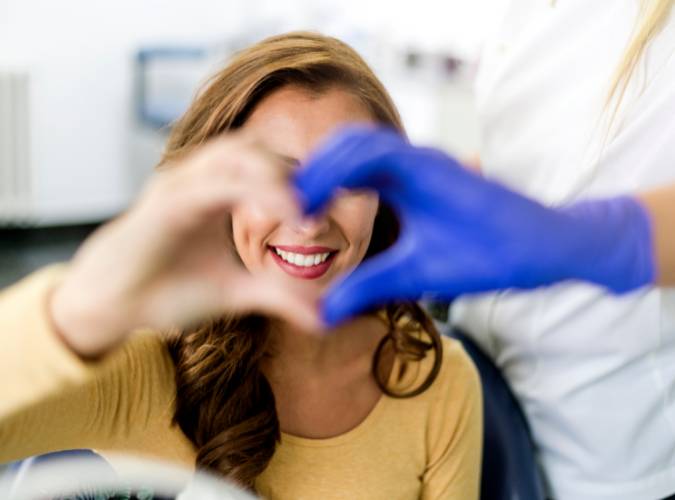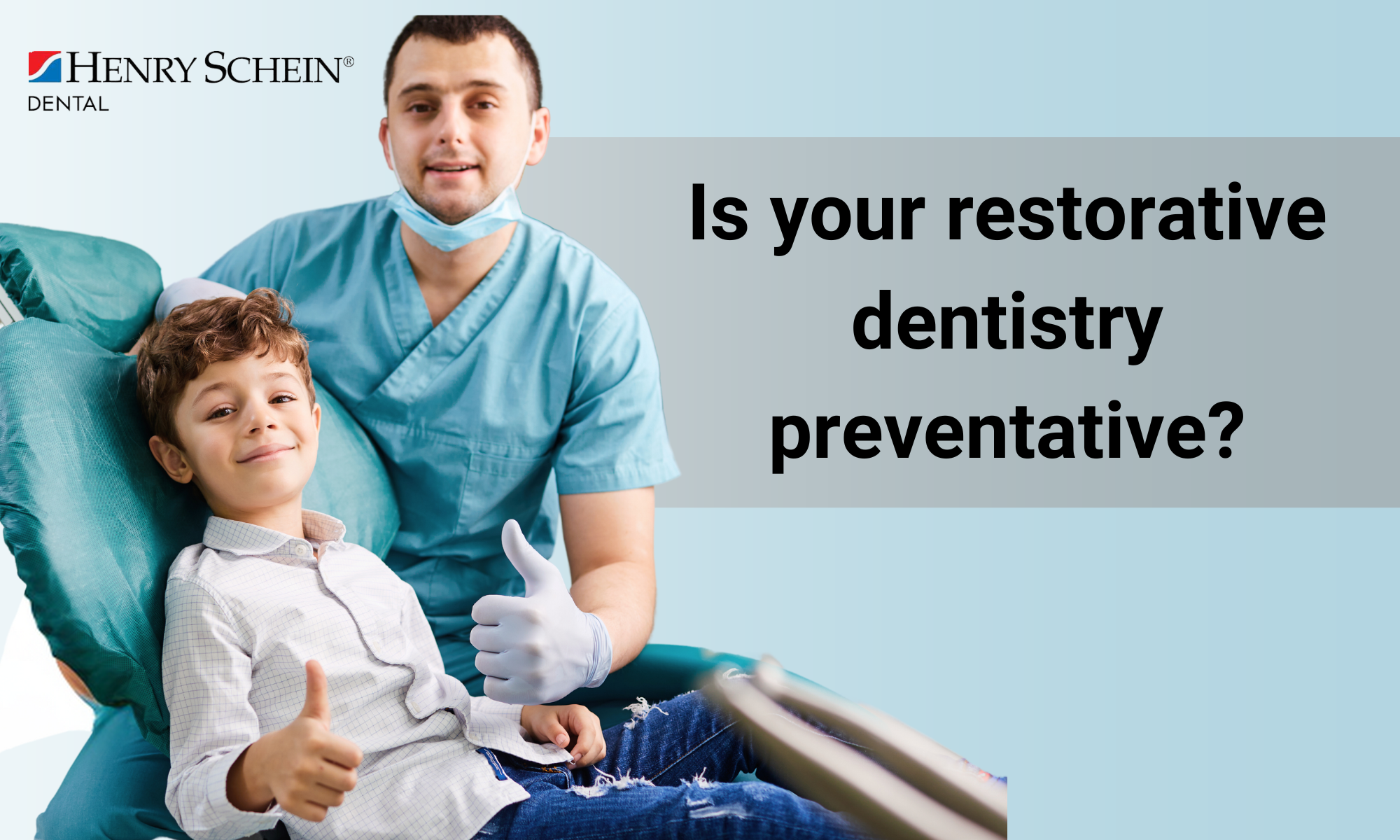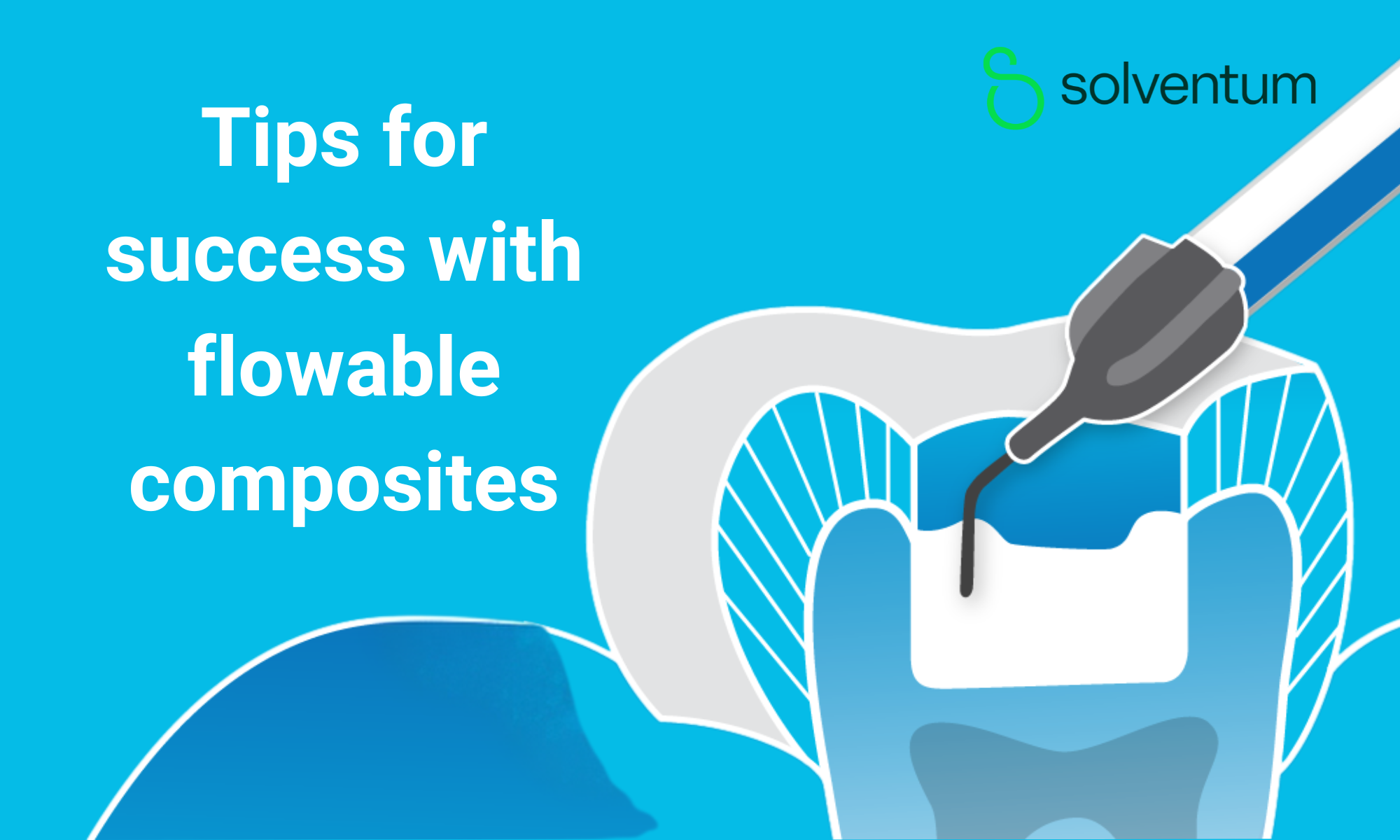The restoration workflow: the path to long-term oral health

We know that providing quality restorations is essential for ensuring the long-term oral health of your patients. Not only do restorations improve the function and appearance of teeth, but they also provide a vital line of defence against further decay or damage.
That is why at Henry Schein we have everything you need for a successful restorative workflow.
Why do dental restorations matter?
Dental restorations are one of the most common treatments required in dentistry, so it's essential that you provide your patients with the highest quality restorations possible.
-1.png?width=282&height=282&name=Untitled%20design%20(1)-1.png) A great restoration not only improves the function and aesthetics of the patient's teeth, but it can also make a difference to overall oral health and wellbeing. On the other hand, a poorly executed restoration can lead to complications such as further decay, discomfort, and even the loss of the affected tooth.
A great restoration not only improves the function and aesthetics of the patient's teeth, but it can also make a difference to overall oral health and wellbeing. On the other hand, a poorly executed restoration can lead to complications such as further decay, discomfort, and even the loss of the affected tooth.
Patients who are dissatisfied with the results of a restoration are also more likely to switch to a different dentist, which can result in lost revenue and a damaged reputation. Therefore, it's crucial to use quality products and techniques to ensure that every restoration is of the highest standard.
A seamless restorative workflow
Etch gel
Etching is a crucial step in dental restorations as it allows the bonding agents to attach restorative work with greater ease and strength. To be successful, an etch gel must possess several key qualities:
- It must have the right viscosity and thixotropic properties to ensure precise and effortless placement.
- It should be self-limiting, meaning that it stops etching at the ideal depth, avoiding over-etching or incomplete resin impregnation.
- The etch gel must be easily visible, so that dentists can be sure that all of it has been removed.
This is where Henry Schein's 37% blue Etch Gel shines. It has excellent viscosity and superior thixotropic properties, allowing for exceptional precision and placement.  Also, the bright blue colour of the gel makes it easily identifiable for the most accurate placement possible.
Also, the bright blue colour of the gel makes it easily identifiable for the most accurate placement possible.
Henry Schein’s blue Etch gel is also self-limiting, so that the ideal etching depth is achieved, and eliminates the potential for incomplete resin impregnation and over-etching. This gel is suitable for use with both dentine and enamel, making it an excellent choice for any type of dental restoration.
Furthermore, it is available in conventional 1.2ml syringes and bulk syringes for refills, as well as eco-friendly packaging with less material waste!
Light-cure bonds
Using a light-cure kit allows for precise placement of the bonding agent and ensures a stronger, reliable bond than achieved with traditional methods. Additionally, light-cure kits offer the ability to customise the bond strength to suit the specific needs of each restoration, providing greater control over the outcome.
When choosing a light-cure kit, it is essential to consider factors such as bond strength, versatility, ease of use, and compatibility with various restorative materials.
 The HS Maxima Natural Elegance 7 Universal Bond is an excellent choice for a light-cured universal bond that can be used in self-etch, selective etch, or total etch techniques. With its precise application and excellent bond strength of 19.5-26.9MPa depending on use, this bond is perfect for bonding to composites, ceramics, zirconium oxide, titanium, and gold without requiring any additional silane or primer.
The HS Maxima Natural Elegance 7 Universal Bond is an excellent choice for a light-cured universal bond that can be used in self-etch, selective etch, or total etch techniques. With its precise application and excellent bond strength of 19.5-26.9MPa depending on use, this bond is perfect for bonding to composites, ceramics, zirconium oxide, titanium, and gold without requiring any additional silane or primer.
For those looking for a one-component adhesive, the Natural Elegance Single Coat Bond is a great option. It is a light-cured, multipurpose adhesive with a bond strength between 22-36MPa depending on use. This adhesive is perfect for bonding composite materials to natural enamel and dentine, bonding compomer materials, and dentine sealing. Furthermore, it is solvent-free, making it safer for both the patient and the practitioner.
Another excellent option is the Maxima Natural Elegance 7th Generation Single Bond, a light-cured, self-etching adhesive. With its excellent shear bond strength, this bond is perfect for bonding composites, ceramics, and compomers to natural enamel and dentine, as well as dentine sealing. These light-cure kits and adhesives provide the perfect solution for bonding dental materials to the natural tooth structure, ensuring long-lasting and reliable restorations.
Dental cement
 Dental cements and liners provide a strong, durable bond between the restoration and the tooth structure. Cements are used to attach restorations to the tooth surface, while liners are used to provide a protective barrier between the restoration and the tooth structure.
Dental cements and liners provide a strong, durable bond between the restoration and the tooth structure. Cements are used to attach restorations to the tooth surface, while liners are used to provide a protective barrier between the restoration and the tooth structure.
The Maxima Resin Modified Glass Ionomer Luting Cement is an excellent choice for dentists looking for a high-quality cement. It offers excellent bond strength and long-term durability, two must-haves for a successful cement!
Maxima Resin Modified Glass Ionomer Luting Cement has easy handling for accurate placement, and a fast-setting time to minimise the risk of contamination, while its radiopacity ensures that any issues with the restoration can be easily detected.
Additionally, the Maxima cement is compatible with a variety of restorative materials, including ceramics, metals, and composites, and can resist dissolution and wear over time, ensuring long-lasting results.
Temporary cement
When it comes to choosing a temporary cement, you want a material that is reliable, consistent, and delivers ideal provisional restorations accurately. The ideal cement should also have ease of mixing and application, optimised film thickness, and ideal clean-up properties.
At Henry Schein we offer a range of temporary cements that meet all these requirements. Our polycarboxylate-based temporary luting cement is indicated for routine temporisation of provisionals, and the non-eugenol temporary cements are appropriate for patients who are sensitive to eugenol, or in cases where eugenol may affect the polymerisation of other materials.
Henry Schein temporary cements have an ideal viscosity for accurate seating and temporisation. Additionally, the non-eugenol temporary cement will not interfere with resin bonding, making it well suited for provisional cementation of crowns, bridges, inlays, onlays, and endodontic access.

